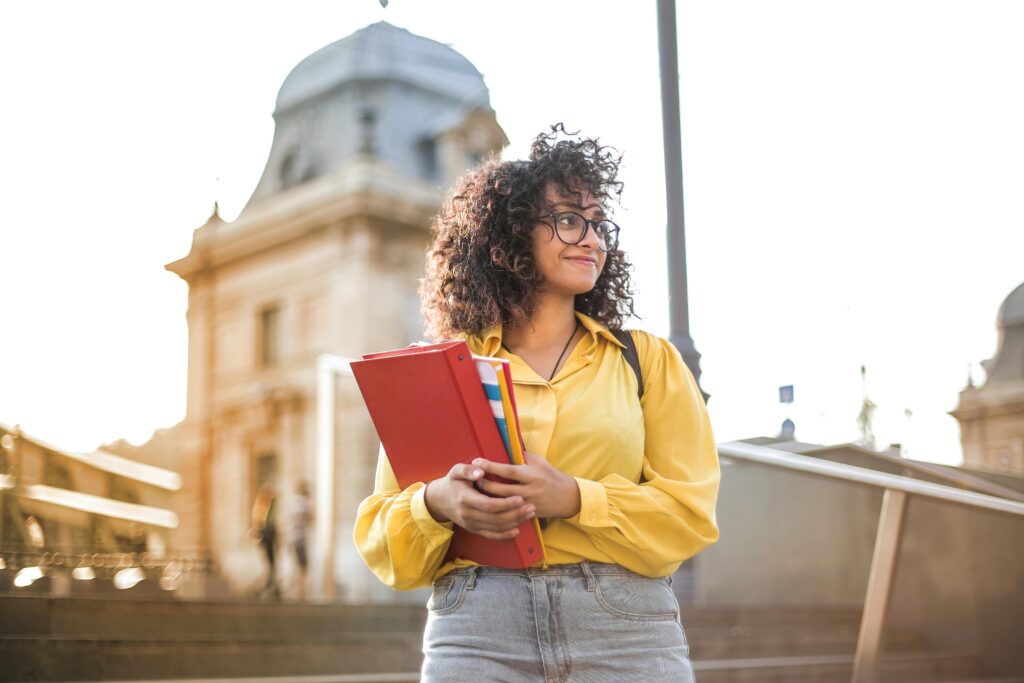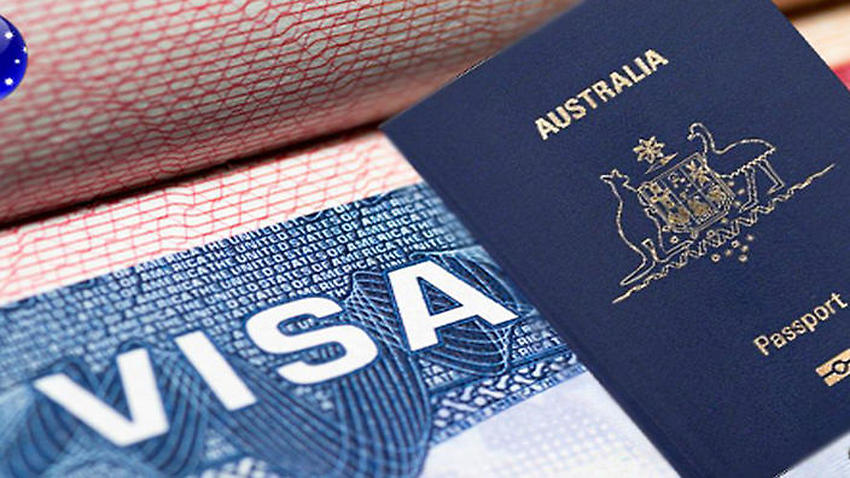Genuine Temporary Entrant (GTE) Explained: How to Meet the Criteria for Australian Student Visas
The Genuine Temporary Entrant (GTE) requirement is a crucial component of the Australian student visa application process. Introduced in 2011, it assesses whether applicants genuinely intend to study temporarily in Australia and return home after completing their studies. In this post, we will deeply dive into GTE criteria, offering comprehensive insights and practical strategies to craft a compelling application. So, let’s get into it. Understanding the Genuine Temporary Entrant (GTE) The GTE ensures that student visa applicants genuinely aim to study in Australia without long-term migration intentions. It evaluates personal circumstances, educational goals, and ties to the applicant’s home country. By fulfilling this requirement, applicants prove they align with Australia’s immigration policies while maintaining the integrity of the education sector. Key Factors Considered in GTE Assessment 1. Personal Circumstances in the Home Country Your home country’s situation can significantly influence your application. Immigration officers examine: 2. Circumstances in Australia Your intended course and institution should align with your educational and professional goals. Evidence of: 3. Future Career Goals Explain how your studies will: 4. Immigration History A transparent immigration history strengthens your case. Prior non-compliance with visa conditions or unexplained travel patterns may affect your GTE assessment. How to Write a Convincing GTE Statement The GTE statement is your chance to convey authenticity. Explain Why You Chose Australia Australia’s globally recognised education system, diverse culture, and student-friendly policies make it an attractive destination. Highlight these benefits in your statement while linking them to your career objectives. Link Your Course to Your Career Goals Describe how your selected course and institution will help you achieve specific career outcomes. Provide examples of how these skills will benefit your home country. Highlight Ties to Your Home Country Demonstrate your intent to return through strong connections like family, job offers, or community roles. Back Up Financial Stability Showcase your capacity to manage costs by providing evidence of tuition payments, savings, or scholarships. Maintain Transparency Clearly document your immigration history, including previous visas and travel purposes, to avoid any doubts. Avoiding Common Mistakes Overgeneralising Statements Avoid vague claims like “I love Australia” or “I want a good education.” Instead, personalise your reasons for choosing the country and course. Failing to Provide Evidence Every claim in your GTE must be backed with documents such as academic records, financial statements, or employment letters. Ignoring Professional Help For complex cases, consult migration experts or education counsellors who can guide you through the process. Why the GTE Requirement Matters? The GTE requirement ensures Australia’s student visa system is not misused. By submitting a well-prepared application, you not only meet visa criteria but also demonstrate integrity and commitment to your educational goals. A clear and honest GTE statement increases your chances of approval, making your path to studying in Australia smoother. Final Tips for Meeting the GTE Criteria The GTE is not just a requirement—it is your opportunity to showcase your sincerity and readiness for an enriching academic journey in Australia. By understanding the expectations and preparing thoroughly, you can meet this criterion confidently.










